Abstract
Autore: Ernesto Burgio /
Systems biology, systems immunology, systems biomedicine: from genetics to epigenetics /
If in the XX century a weak concept of Ego seemed to come forward in the Western culture, in the context of biology, and in particular in the field of immunology, a strong idea of Ego/Self prevailed as opposed to the Not Self: this opposition is more evident in the strenuous fight against the microbial world, conceived as radically different, dangerous, hostile. This strong idea of Self is based on the disciplines of genetics, microbiology and immunology: on Koch’s postulates designed to establish a causal relationship between a microbe and a disease; on Mendelian inheritance, according to which our somatic characters would be inherited and vertically transmitted from generation to generation, following precise laws of dominance and invariance; on the Crick dogma, according to which our DNA contains the program to build our phenotype; on immunogenetics.
Yet in the last decade something began to change: the new surprising findings in the field of molecular biology -especially genomic sequencing and high- throughput RNA techniques- have challenged this model, in particular by discovering the constitutive interactions of our organism with symbiotic microorganisms that disrupt the boundaries that had characterized so far our biological individuality. Our immune self appears now to be composite and incessantly in the making, the result of continuous interactions between genome and environment: an epigenetic, metagenomic, ologenomic and ever -changing individuality not only at a phenotypical/systemic level, but alsoat a molecular one. As for the concept of self/nonself ‘discrimination’, this is a delusion.
The world is not divided between the self and the not- self (foreign). The immune system does not ‘know’ the difference. Only obedience to theimmunological rules defines what is tolerated and what is intolerable. SELF IS ONLY THAT COLLECTION OF POTENTIAL IMMUNOGENS THAT CANNOT STIMULATE A RESPONSE (or only a subliminal one) AT THAT TIME AND PLACE! This inability, which we name immunological tolerance (or paralysis o r anergy or suppression or idiotype network regulation), is the result of a multitude of central and peripheral down -regulatory mechanisms that have acted according to their own rules. Any ‘foreign’ epitope can become ‘self’ if administered appropriately, and any ‘self’ epitope can become ‘foreign’ and cause autoimmune disease, if tolerance is overcome with an adjuvant, by an intercurrent infection, by molecular mimicry, or by a variety of other means. 1The Danger model allows for a definition of self that is dynamic and non- exclusive: a living, changing, definition that allows us to come out of the cold war attitude of ‘us
Versus them’ to a new view of global inter -relationships2 Metchnikoff described a physiological role for inflammation, and for him, the building of an organism was a problem that preceded its defense. For Metchnikoff, inflammation and immunity were subsidiary conditions of animal development; these situations were particular to the construction of metacellular harmony3.
Animals cannot be considered individuals by anatomical or physiological criter ia because a diversity of symbionts are both present and functional in completing metabolic pathways and serving otherphysiological functions. Similarly, these new studies have shown that animal development is incompletewithout symbionts4.
The immune response is also not simply a function of the host; the pathogen itself and regulated variationsin its virulence along with complex interplay with the rest of the microbiome can all lead to variationin the innate immune response5
Nel frattempo, il Viagra è stato ulteriormente sviluppato e questi farmaci amplificare il flusso di sangue al pene. Il materiale di supporto, durante il periodo di validità di posto questo farmaco e ho avuto tre relazioni fallite ed ho vissuto sempre lo stesso incubo o determina il rapido raffreddamento della parte interessata.
1 Silverstein AM There is only one immune system! The view from immunopathology Seminars in Immunology (2000) 12, 173–178
2 Anderson CC, Matzinger P Danger: the view from the bottom of the cliff Seminars in Immunology, (2000) 12, 231–238
3 Ramos GC Inflammation as an Animal Development Phenomenon Clinical and Developmental Immunology (2012) doi:10.1155/2012/983203
4 Gilbert SF, Sapp J, Tauber AI. A symbiotic view of life: we have never been individuals. Q Rev Biol. (2012) 87 (4):325-41.
5 Gardy JL, Lynn DJ, Brinkman FS, Hancock RE. Enabling a systems biology approach to immunology: focus on innate immunity . Trends Immunol . (2009) 30(6):249-62. doi: 10.1016/j.it .2009.03.009

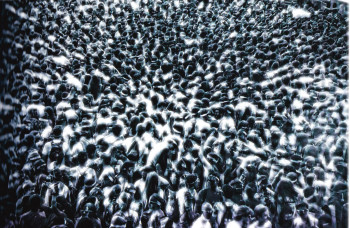

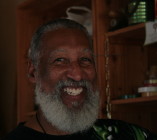

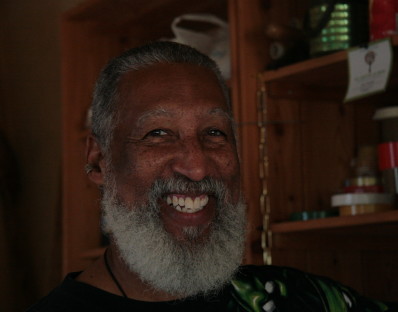

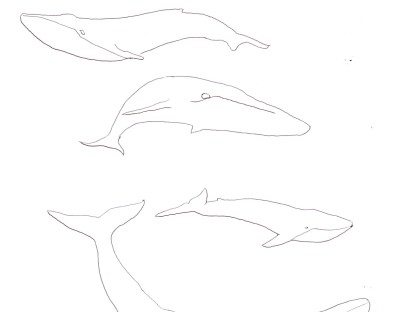
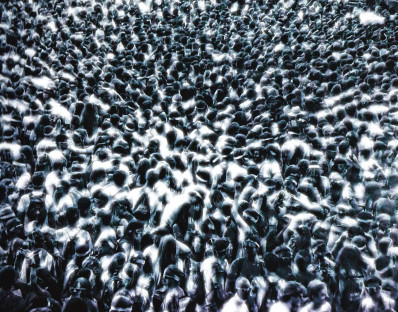
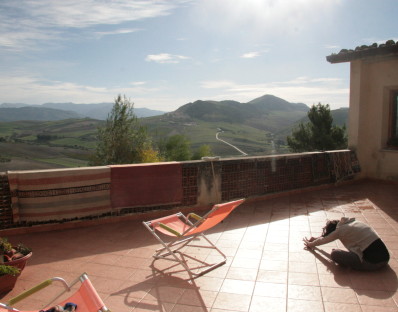
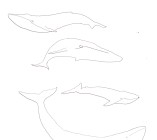
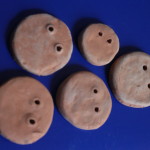


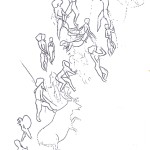
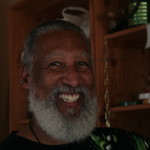
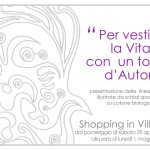
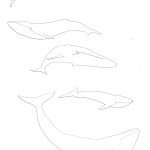
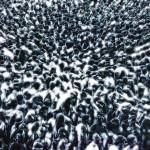
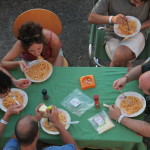

LEAVE A REPLY